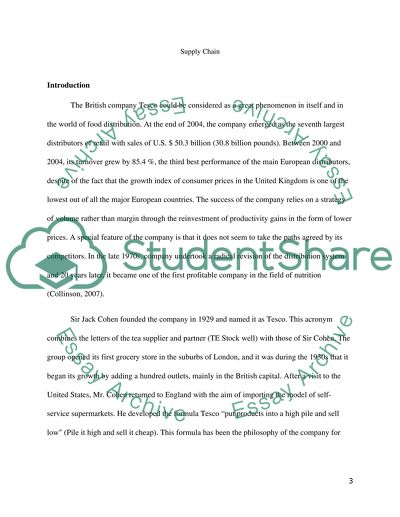Cite this document
(“Supply chain Assignment Example | Topics and Well Written Essays - 3000 words”, n.d.)
Retrieved from https://studentshare.org/marketing/1404519-supply-chain
Retrieved from https://studentshare.org/marketing/1404519-supply-chain
(Supply Chain Assignment Example | Topics and Well Written Essays - 3000 Words)
https://studentshare.org/marketing/1404519-supply-chain.
https://studentshare.org/marketing/1404519-supply-chain.
“Supply Chain Assignment Example | Topics and Well Written Essays - 3000 Words”, n.d. https://studentshare.org/marketing/1404519-supply-chain.


